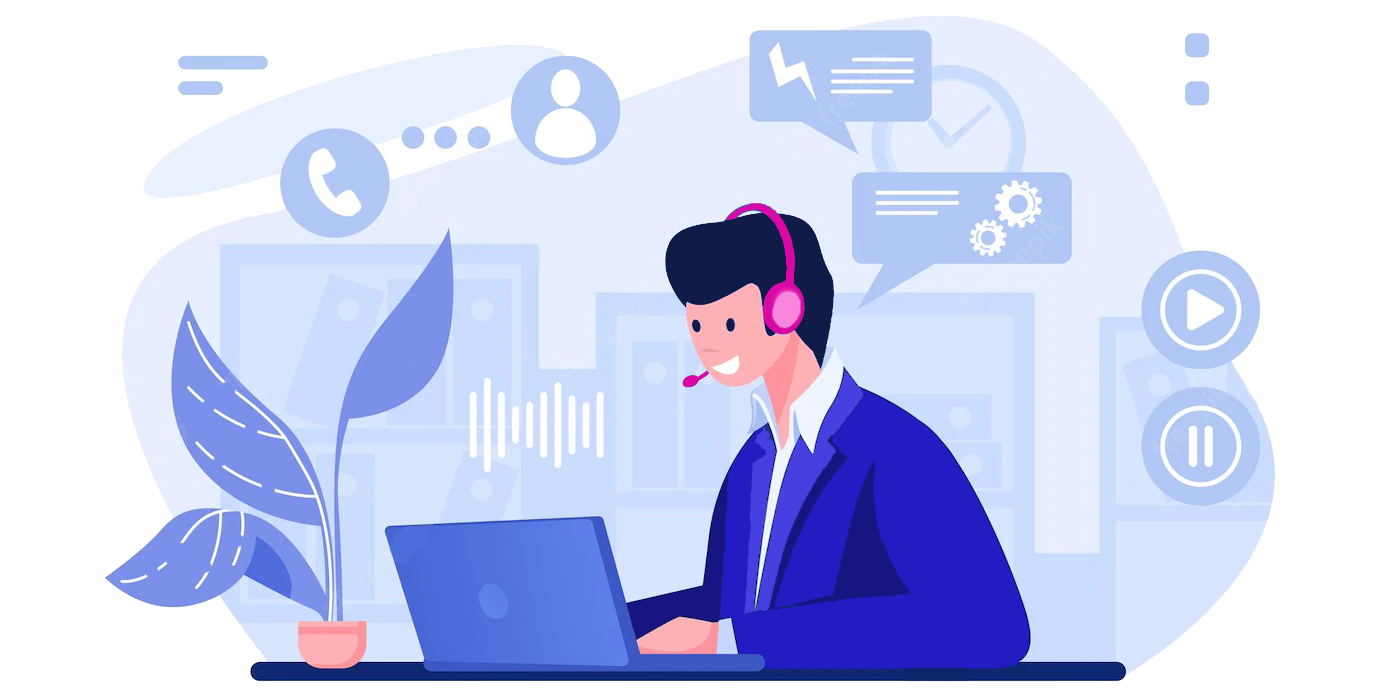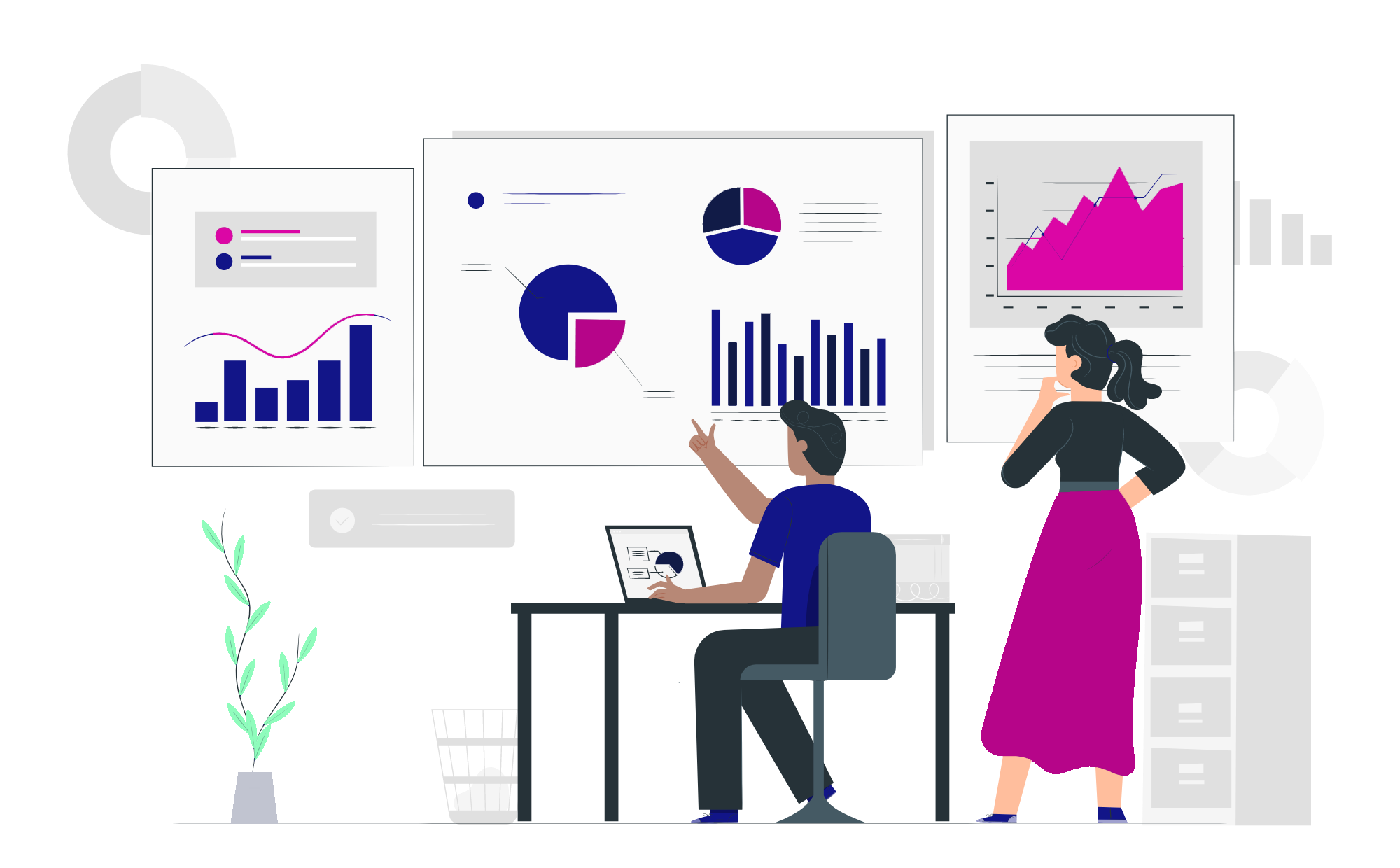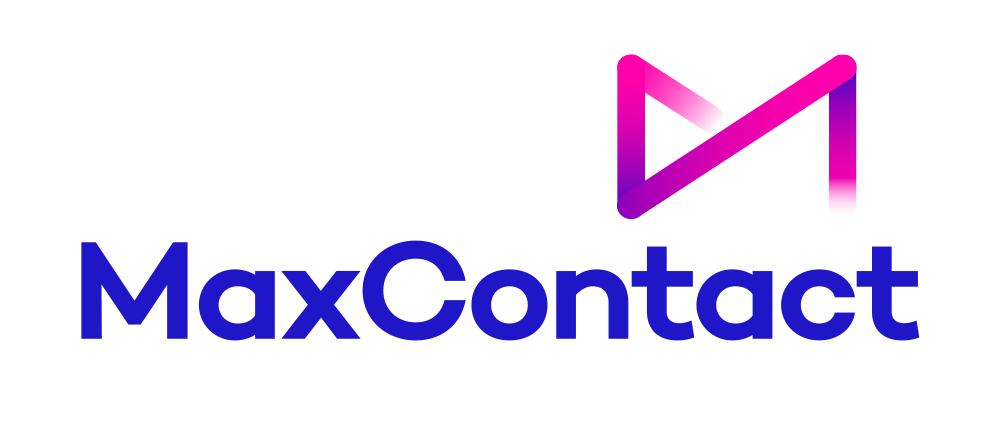The 5 Best Ways to Use Speech Analytics Software
What is Speech Analytics?
Speech analytics is a rapidly evolving technology that uses natural language processing and machine learning to analyse audio recordings of customer interactions with call centre representatives. By transcribing and analysing these conversations, speech analytics software can uncover patterns, trends, and insights businesses can use to improve their customer experience, operational efficiency, and bottom line.
For call centres, speech analytics can be a game-changer. Providing deep insights into customer behaviour, preferences, and pain points, can help organisations streamline operations, reduce costs, and boost customer loyalty. However, to reap the benefits of speech analytics, businesses need to use it correctly, understand its potential impact and leverage its capabilities effectively.
This article will explore the five best ways to use speech analytics software in a call centre. We'll examine how this technology is used today and what strategies businesses can adopt to leverage its power to improve customer experience and drive business growth.
Speech analytics is a technology that uses machine learning algorithms and natural language processing techniques to analyse spoken language and extract meaningful insights. Speech analytics has been around for several decades and has evolved significantly, especially with advances in machine learning and artificial intelligence.

The basic premise of speech analytics is to transcribe and analyse audio recordings of customer interactions, such as phone calls, chat conversations, and voicemails. The software uses algorithms to transcribe the recordings into text automatically and then applies linguistic and statistical techniques to extract insights from the data.
Speech analytics can be applied in various ways, including identifying common customer pain points, detecting fraud or compliance violations, tracking customer sentiment, and optimising call centre performance. By analysing thousands of conversations, speech analytics can help businesses identify patterns and trends that might be difficult to uncover through manual analysis.
One important aspect of speech analytics is its ability to identify specific words or phrases often associated with customer issues or concerns. For example, if many customers mention a product defect or service issue, speech analytics can flag these conversations and alert businesses to take action.
Speech analytics can also help call centres to identify agent training and coaching opportunities. By analysing conversations between agents and customers, speech analytics can detect areas where agents may need additional training or coaching to improve their performance and provide better service.
Overall, speech analytics has become a powerful tool for businesses to understand their customers better and improve their operations. By analysing vast amounts of data, companies can gain insights that can help them optimise their operations, enhance customer experiences, and ultimately drive business growth.
Best ways to use speech analytics software
Use 1: Identify and Address Customer Pain Points
Speech analytics can help call centres to identify customers' most common issues and concerns. By analysing thousands of conversations, businesses can identify patterns and trends that can help them optimise their operations and improve their customer experience. For example, if customers frequently complain about long wait times or a particular product issue, speech analytics can flag these conversations and alert businesses to take action. By addressing these pain points, companies can improve customer satisfaction and reduce churn rates.
Use 2: Monitor Agent Performance and Identify Training Needs
Speech analytics can help call centres monitor agent performance and identify areas where additional training or coaching may be needed. Businesses can detect areas where agents struggle to provide the best service possible by analysing conversations between agents and customers. For example, if an agent frequently puts customers on hold or has difficulty addressing customer issues, speech analytics can flag these conversations and alert businesses to take action. Businesses can improve their agents' performance and provide better customer service by providing targeted training and coaching.
Use 3: Monitor Compliance and Detect Fraud
Speech analytics can help businesses monitor compliance with regulations and detect potential fraud or other violations. By analysing conversations between agents and customers, businesses can detect potential issues related to compliance or fraud. For example, if an agent is providing misleading information or engaging in suspicious behaviour, speech analytics can flag these conversations and alert businesses to take action. Companies can minimise their legal and financial risks by detecting compliance and fraud issues early.
Use 4: Improve Product and Service Quality
By analysing customer feedback, speech analytics can help businesses improve the quality of their products and services. Businesses can identify areas where their products or services may need to be revised by analysing conversations between customers and agents. For example, if customers frequently complain about a particular product defect or service issue, speech analytics can flag these conversations and alert businesses to take action. By addressing these quality issues, companies can improve customer satisfaction and loyalty.

Use 5: Track Customer Sentiment and Measure Customer Satisfaction
Speech analytics can help businesses track customer sentiment and measure customer satisfaction over time. By analysing conversations between customers and agents, businesses can detect changes in customer sentiment and identify areas where customer satisfaction may improve or decline. For example, if customers are becoming increasingly dissatisfied with a particular aspect of a product or service, speech analytics can flag these conversations and alert businesses to take action. Businesses can identify trends and make data-driven decisions to improve their operations and customer experience by measuring customer satisfaction over time.
Is it hard to implement? How do I go about it?
Implementing speech analytics software may seem daunting, but it can be a relatively straightforward process with the right approach. The key is to follow best practices for implementation and to work with a reputable provider who can guide you through the process.
The first step in implementing speech analytics software is identifying your goals and objectives. What are you hoping to achieve by implementing this technology? What specific problems are you trying to solve? Understanding your goals will help you select the right software and develop an implementation plan.
Once you've identified your goals, the next step is to select a speech analytics software provider. Look for a provider with a proven success track record and a strong industry reputation. You'll also want to consider factors like ease of use, scalability, and integration with your existing systems.
When implementing speech analytics software, involving all stakeholders, including IT staff, call centre managers, and front-line agents, is essential. This will ensure that everyone is on board with the implementation and that the software is effectively used to achieve your goals.
Training is another critical aspect of implementation. Ensure all agents and managers are trained to use the software effectively. This will help ensure that the software is being used to its full potential and that you get the most value out of your investment.
Finally, be sure to monitor and evaluate the performance of the software regularly. This will help you identify areas for improvement and make adjustments as needed to ensure that you're achieving your goals.
Implementing speech analytics software requires careful planning, practical training, and ongoing monitoring and evaluation. By following best practices and working with a reputable provider, you can leverage the power of speech analytics to improve your call centre performance, enhance customer experiences, and ultimately drive business growth.
Interested in Speech Analytics for your call centre? Why not try a free demo?
If you want to use speech analytics software to improve your call centre performance, why not try a free demo of our service? Our speech analytics software is designed to help you extract valuable insights from your customer interactions, enabling you to identify areas for improvement, enhance customer experiences, and drive business growth.
With our software, you can:
- Analyse customer sentiment and identify key themes and trends
- Monitor agent performance and identify opportunities for coaching and training
- Automate quality assurance processes and streamline workflows
- Improve compliance and mitigate risk
- And much more!
MaxContact speech analytics software is easy to use, scalable, and customisable to meet the specific needs of your business. We offer comprehensive training and support to ensure that you're getting the most value out of your investment, and we're committed to delivering exceptional customer service at every step of the way.
So why not try our free demo today? We're confident you'll be impressed with its capabilities and potential to transform your call centre operations.
.png)
From the blog







